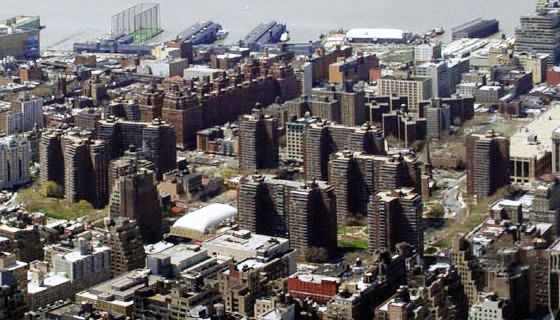In “Planning a Social Disaster,” Hunt talks about the negative impact of towering buildings in cities. The relationship between youth-adult population ratios and overall community safety seems very interesting because I think that this correlation exists in today’s American cities as well. There is also a link between the rise in youth-adults once housing projects are built. For example, widespread social disorder emerged in Chicago’s high-rise projects shortly after they opened in the 1950s and early 1960s.
Further structural forces deepened problems in the 1970s, but social disorder was present in high-rises with large numbers of children right from the start. There are many people who live in high-rises successfully, including families with children. However, it is the relative number of children in these buildings that counts. These large housing projects in Chicago caused the city to have widespread crime in these areas, which is why so many people consider the introduction of high-rise buildings to be a bad thing for cities in general. The contrast between the neighborhood conditions between the CHA public housing units and the regular housing’s youth-adult ratios is startling. The inverted ratios show the effect of youth dominance on the community’s condition.
I also agree with the point that the blame should not be put on families for having kids or single parents with kids. Rather, it should be on the policy changes that created a communitywide collective efficacy problem. Another important factor that needs to be taken in to consideration is the fact that there are many families with children who cannot afford sufficient spaces so they need to go and live in poor neighborhoods. Reasons like these make the slow development of neighborhoods with these projects inevitable and dangerous eventually. It also explains why the youth-adult ratio is so high there since it mostly has large families who need affordable housing.
This theme of finding bad neighborhoods where cheap housing is located still seems relevant in today’s American cities. For example, in New York’s neighborhood of Harlem, it used to be predominantly for poor housing and minorities. Historically, Harlem has been a bad and dangerous place in large part because of the housing projects there. The condition of the area is effected by the low-income families being desperate and not being occupied.
I also find it interesting that elevators are not commonly found in public housing because they become play-toys for kids. The structure of a building can apparently make a big impact on the effectiveness of the housing for its residents. However, I do not think that this is that effective since crime is still very prominent in these neighborhoods. I agree with the claim that policy changes fix neighborhoods and it is not as dependent on the age of the inhabitants or the building structure.


